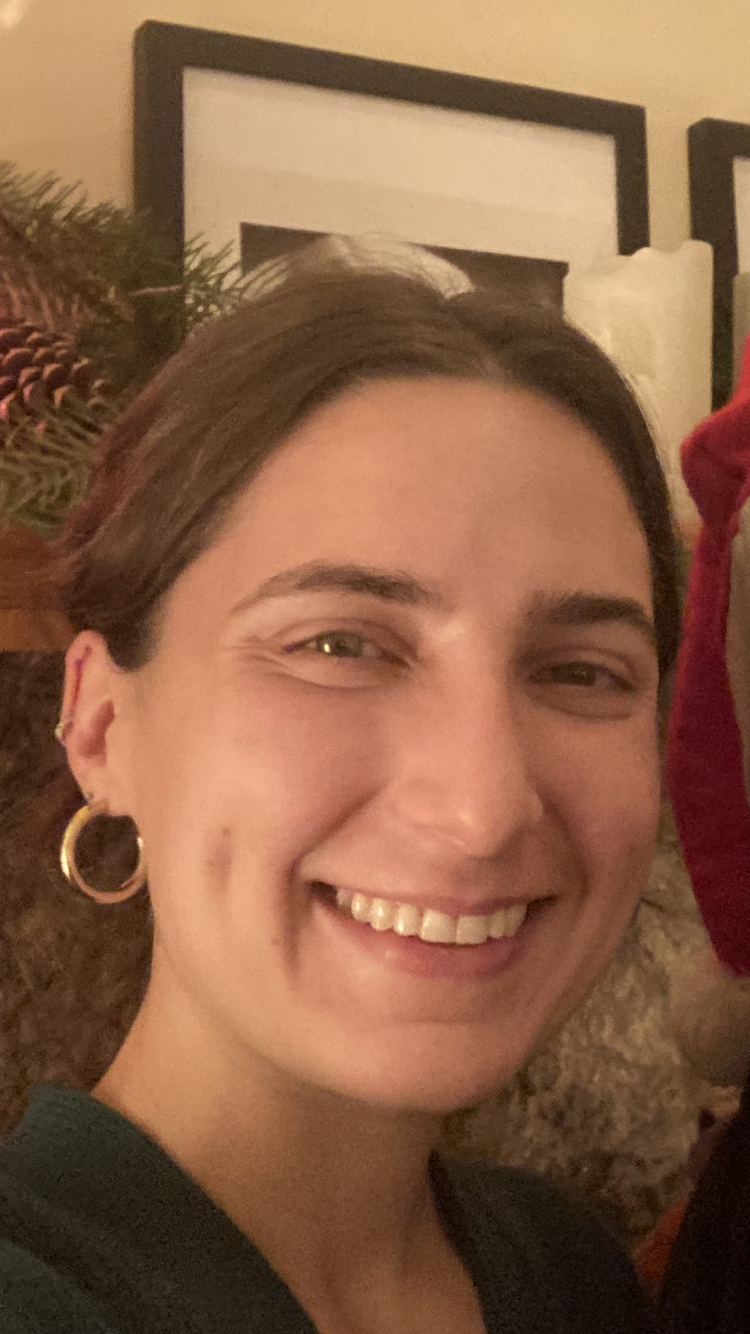Assessment
(PS4-13) Identifying Patterns of Top Problem Trajectories in Adolescent Partial Hospital Care

Julia Chafkin, Ph.D.
Postdoctoral Fellow
Weill Cornell Medicine
White Plains, New York, United States- ML
Madeline Levitt, Ph.D.
Assistant Professor of Psychology in Clinical Psychiatry
Weill Cornell Medicine
New York, New York, United States - HS
Hanna Smith, B.A.
Research Assistant
Weill Cornell Medicine
New York, New York, United States 
Shannon M. Bennett, Ph.D.
Assistant Professor of Psychology in Clinical Psychiatry
Weill Cornell Medicine
New York, New York, United States
Angela W. Chiu, Ph.D.
Assistant Professor of Psychology in Clinical Psychiatry
Weill Cornell Medicine
New York, New York, United States
Author(s)
Co-Author(s)
How effectively are adolescents’ self-reported difficulties being addressed over the course of their admission to a partial hospital program (PHP)? How can we account for variability in the extent to which adolescents see improvement in the domains they find the most bothersome? Over the last two decades, adolescent mental health needs continue to be a substantial public health concern as the number of teens experiencing symptoms of anxiety, depression, and suicidality continues to grow (Bitsko et al., 2022). Additionally, there has been a growing interest in the use of idiographic assessment in patient-centered care to identify treatment trajectories and predictors of effective interventions for individuals receiving care (Hayes et al., 2019). Our study attempts to address these important areas of interest using a sample of 150 adolescent patients (ages 13-18, 36% male) who were admitted to a PHP within a five-year period. Data was collected from patients who gave assent and received parental consent. At intake and at the start of each week of stay in the PHP, patients filled out the Top Problems Assessment, an idiographic measure of patients’ top three most pressing difficulties and the extent to which these difficulties are bothersome over time, rated on a scale from 0-10 (Weisz et al., 2011). This study set out to examine, first, the number of different general trajectories of change that characterize the extent to which Top Problems bothered a patient over the course of the PHP stay. The second aim of this study focused on identifying predictors of general Top Problem trajectories. Preliminary findings using longitudinal k-means cluster analysis and Calinski Harabasz (CH) indices suggest that two distinct trajectories of Top Problems Assessment change were present in our sample and provided a better fit to our data relative to models with higher numbers of clusters which had lower relative CH indices. We have called these two groups treatment responders and treatment non responders. The two identified clusters contained 59.1 and 40.9% of the data respectively. Additionally, examination of predictors of treatment trajectories indicated that treatment responders may have higher baseline levels of distress about Top Problems and may report greater readiness for treatment. Findings emphasize the combined importance of both adolescents’ self-reported difficulties and more objective measures in predicting response to intervention. Further, findings suggest a key role of pre-treatment assessment for clinicians working with adolescents and families who are considering higher levels of care. Future directions include examining additional predictors of Top Problem trajectories including category of Top Problem identified by the patient, symptoms of anxiety and depression at intake, treatment satisfaction, youth-caregiver agreement on Top Problem categories, and demographic variables such as patient age at intake, sex, and socioeconomic status.

.png)
